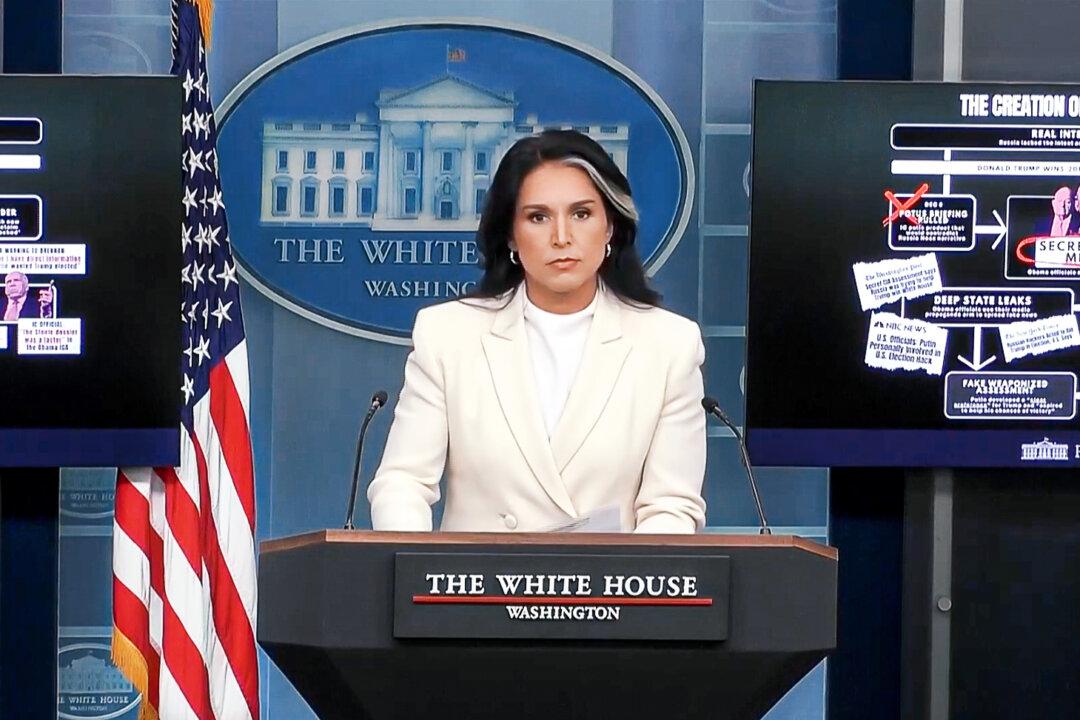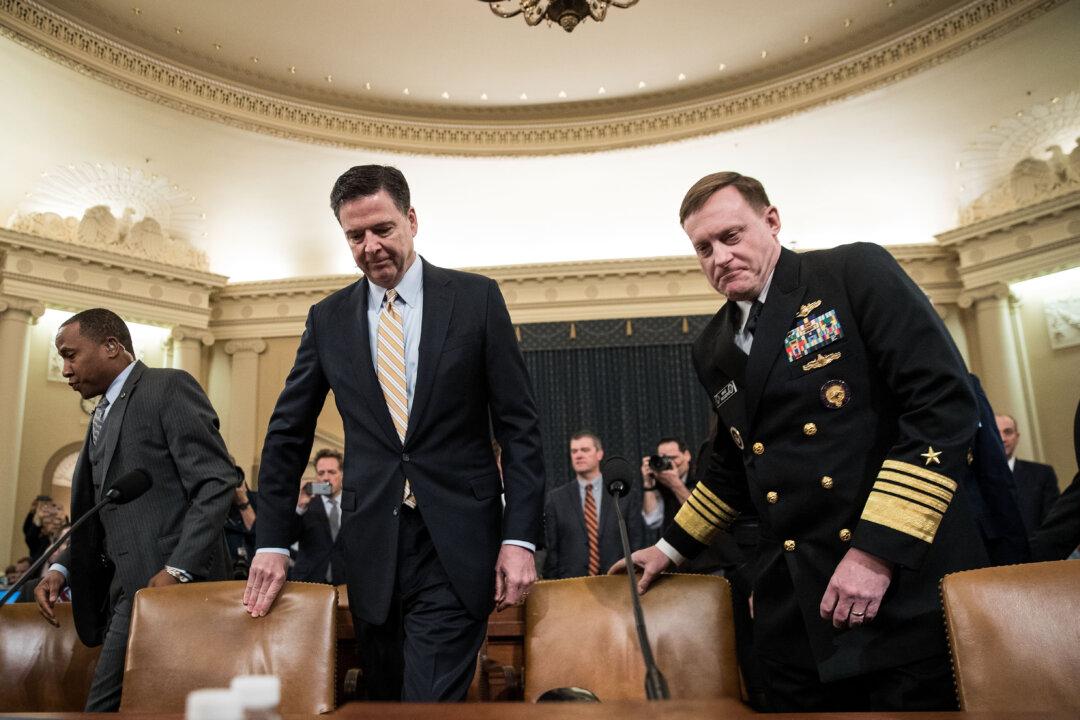Iran claimed to have successfully tested a new cruise missile with a range of 800 miles on Feb. 3, days after President Donald Trump warned about the threat emanating from the Islamic regime.
Iran displayed the new missile on state television to mark the anniversary of the 1979 Islamic Revolution. The surface-to-surface weapon, named Hoveizeh, is from the Soumar family of cruise missiles, which Iran added to its arsenal in 2015, according to Defense Minister Amir Hatami.





